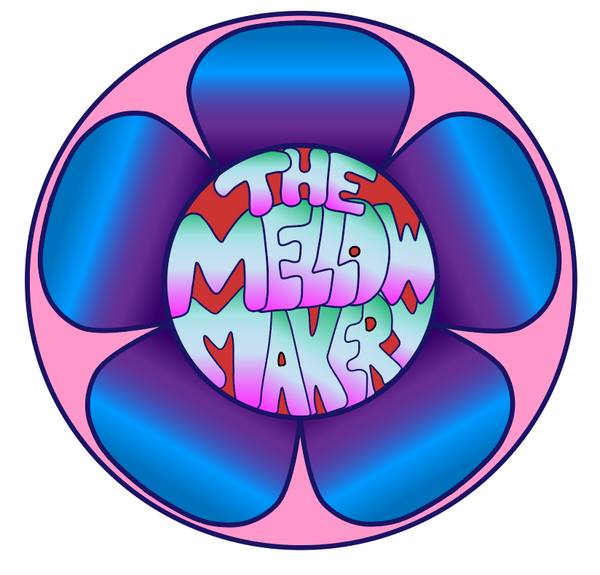I won't go into detail here, but I do want to give you a few telltale signs to help you distinguish real gemstones.
- Price: If the price seems too good to be true, it probably is. Sadly there are too many dishonest vendors out there selling blue glass as jewel-grade topaz.
- Bubbles: It is very rare that you will see a bubble in a real stone other than pumice or a rare type of crystal called "enhydro quartz." So get a jeweler's loupe or magnifying glass and start looking. If you see those telltale clear spheres, bad news.
- Hole edges: A little known fact is that glass beads have the hole molded into them usually. Therefore if the edges of the hole in a bead look ragged or rough, it is more likely to have been drilled, usually meaning it's stone.
- Scratch test: This one is difficult to do well but the fact is science has determined the hardness of nearly every type of stone. Therefore if you scratch the stone in a certain way and it doesn't respond correctly, it is not what you had thought it was. Scratch hardness - Wikipedia
- Color: For whatever reason, many fake gems are the wrong color. You can learn to recognize the true colors by handling the real thing many times or by looking online and comparing. In fact, there is even a phone app available now that will help you identify stones, though in my experience it is not always accurate.
- Markings: Many stones, especially the sedimentary ones, have typical markings on them from layers. Over time, you can learn to notice the differences between the markings on howlite, magnesite, and genuine turquoise.
- Weight: The only gemstones I know of that are light to the heft are amber (which feels the same density as plastic) and pumice (which is lighter than glass but heavier than amber.) Give the stone a heft and ask yourself if it's heavy enough to be what it claims.
When all else fails, you can take the stone to a professional jeweler and they can analyze it using a microscope and special lights. But at least you might be able to screen out a few horrendous fakes with the above knowledge.
Hope this helps,
--Pam

